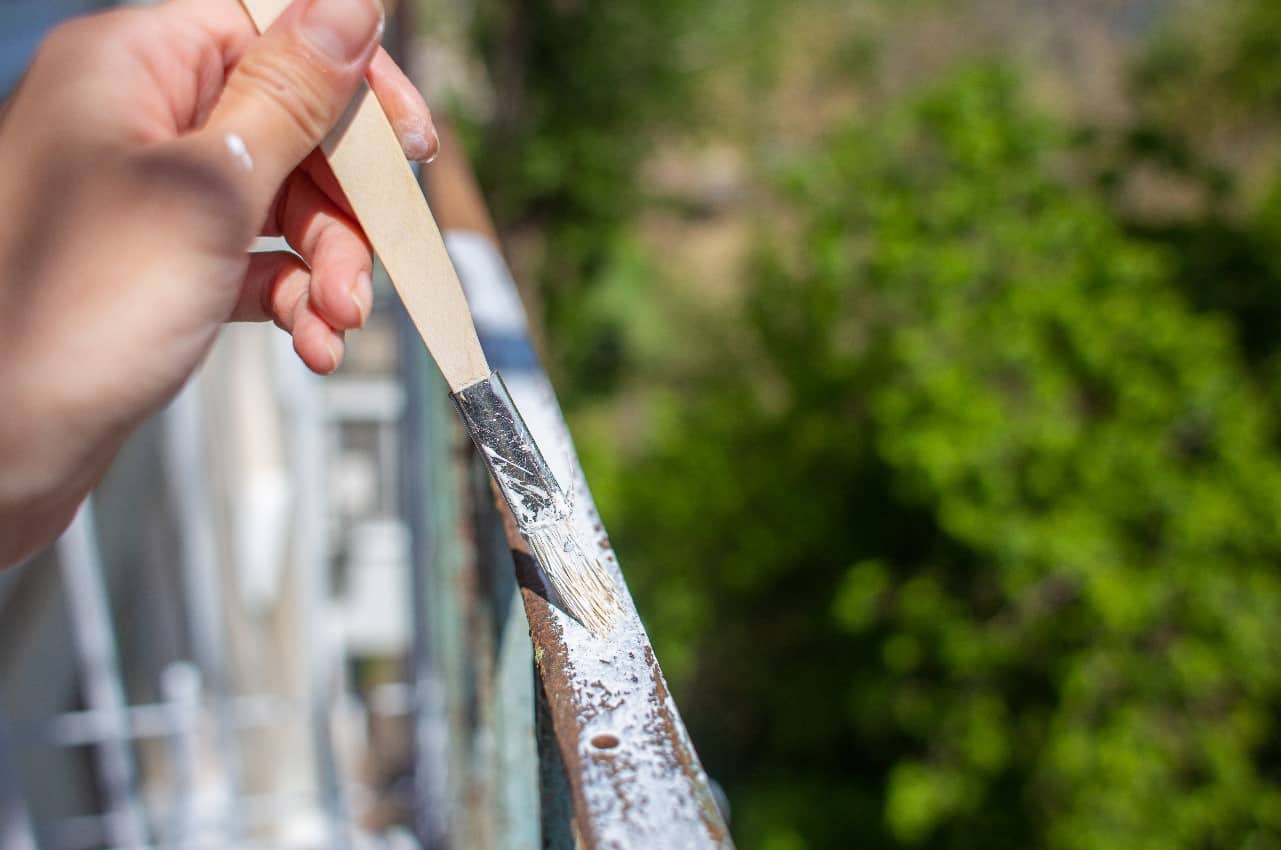
Metal paint is indispensable for restoration of, for example, balcony railings, radiators and pipes. Read how to choose a paint that matches the painted surface.
Metal paint should be matched to:
The most popular color of paint for metal is black – it works well indoors and outdoors.
Paint for metal can give a finish:
When you choose paint for metal, you need to pay attention, not only to the color and finish effect, but also to the painted surface.
Non-ferrous metal paints are mainly used for painting common metal surfaces outdoors, e.g. for painting guttering. The most popular paints for painting outdoors are acrylic paints for metal, which have an anticorrosive effect.
Under all paints for non-ferrous metals, there is no need to give a primer.
Metal can be protected against corrosion by multi-stage painting. The following paints are distinguished:
Currently in stores you can find paints that combine all these features, for example: anticorrosive paint for metal.
Anti-corrosive paintfor metal can be applied directly to the corroded metal. By choosing this paint, there is no need to apply a primer or a base coat beforehand. Anti-corrosive metal paints have very good adhesion. You can opt for them if there are slight traces of rust on the metal being painted. Anti-corrosion paints protect the metal from further corrosion.
It is best to choose anti-corrosion paints only from reputable manufacturers.
Metal paints have different purposes. Some of them can only be painted indoors, while others can only be used outdoors. Keep in mind that metal paints intended for indoors do not have weather resistance. Some exterior metal paints, on the other hand, may give off substances that are harmful to health.
Proper painting of a metal coating affects the durability of the paint. Therefore, it is important to properly prepare the material to be painted, e.g. by removing the old paint.
Before you start painting, you should first roughen the surface of the metal with sandpaper. Then clean the surface from dust and degrease it, e.g. with extraction gasoline, benzine or solvent. The metal surface should be slightly rough after cleaning.
Metal paints are best applied with a roller or pressurized spray gun. When painting small parts, spray paint will work best. To achieve the desired effect, the surface should be painted twice. The second layer of paint must be applied only after the first one has dried out.
When painting, remember about the right temperature in the room – the best temperature range is 15-20°C.